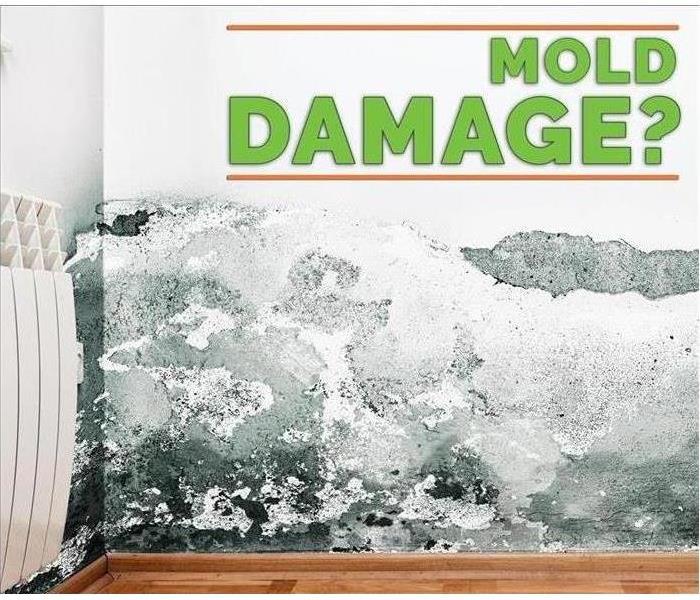Cleaning Mold with Bleach is never the answer
5/2/2018 (Permalink)
Chlorine Bleach is often regarded as the answer for stopping mold growth and removing the mold. However, this is a myth. Bleach does not exonerate mold. Here are three reasons why bleach is not the answer to mold, and should never be used to clean a mold contaminated area.Bleach Loses Effectiveness Over Time
Chlorine bleach can dissipate rapidly, causing the bleach to be less effective. Over time this occurs because chlorine can evaporate and even faster in areas that are above room temperature. When the chlorine disappears, the bleach bottle turns into a bottle of salt water.
Bleach can actually contribute to mold growth
Chlorine bleach was made to clean surfaces, therefore can only kill surface bacteria and mold. This is due to bleach’s ion structure, which prevents the chlorine from penetrating porous material such as wood and drywall. When mold grows in porous areas, the enzyme’s roots grow deep within the material, rendering the bleach ineffective of exterminating the mold. The bleach can only remove the green stain from the mold, allowing surface to appear clean. But underneath the surface, the water component of the bleach penetrates and helps the internal roots to continue to grow, causing mold to reappear.
Bleach is Toxic
Bleach emits harmful fumes that pollute the air we breathe and can become harmful to humans and even pets. Over a period of time, inhaling the gases bleach emits can deteriorate the lungs and esophagus lining in addition to the scarring of the respiratory tract, which occurs in earlier stages. Also research shows that household bleach is one of the leading causes of accidental poisonings in the United States.






 24/7 Emergency Service
24/7 Emergency Service